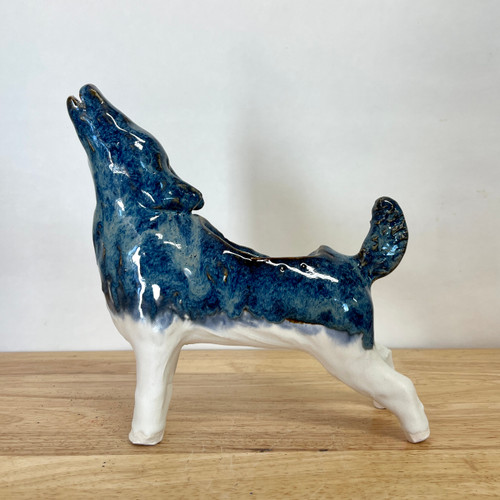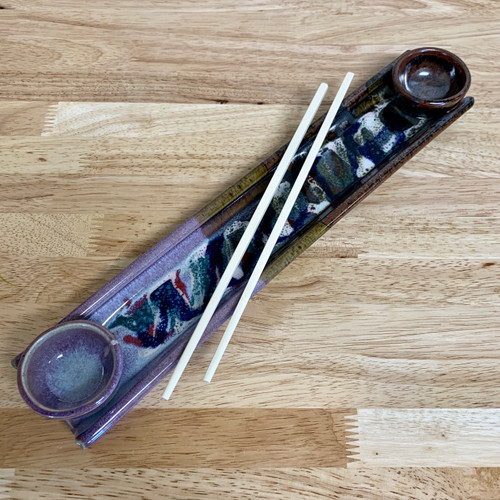-
$51.00Usually ships the next business day2 in stock
-
$98.00Usually ships the next business day1 in stock
-
$47.00Usually ships the next business day2 in stock
-
$47.00Usually ships the next business day2 in stock
-
$47.00Usually ships the next business day2 in stock
-
$96.001 in stock
-
$73.00Usually ships the next business day1 in stock
-
$48.50Usually ships the next business day1 in stock
-
$42.00Usually ships the next business day1 in stock
-
$87.50Usually ships the next business day1 in stock
-
$42.99Usually ships the next business day3 in stock
-
$110.001 in stock

 Raku
Raku










